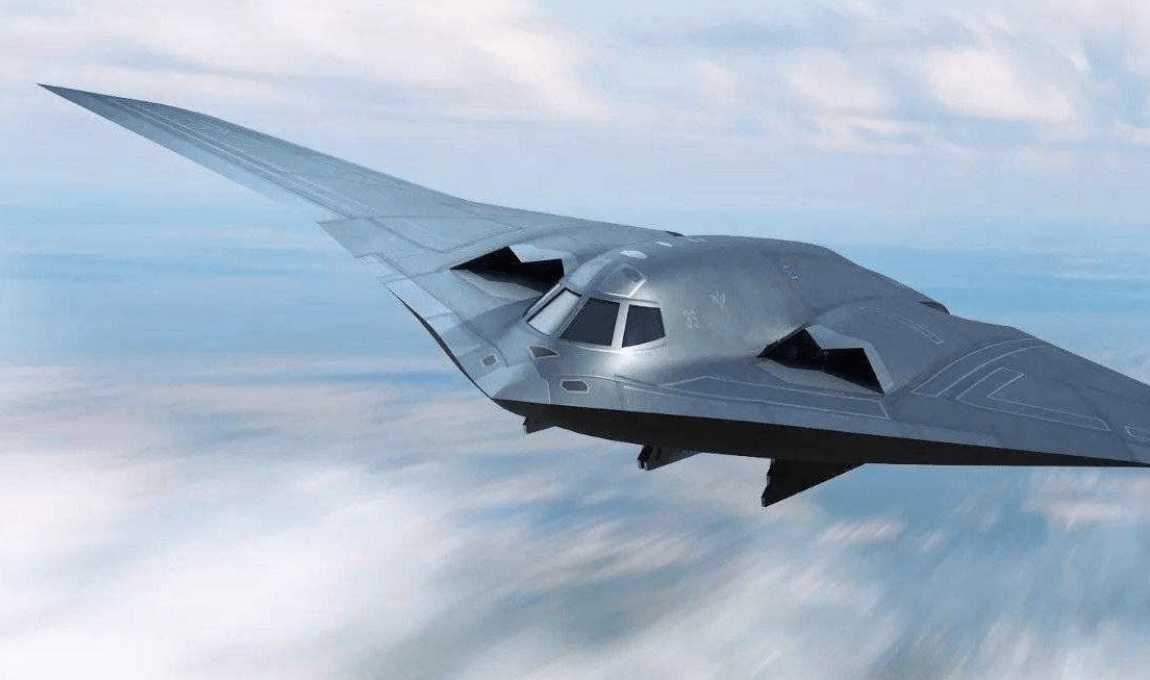When a fleet of Chinese military aircraft breached Taiwan’s contested Air Defense Identification Zone (ADIZ) last month, authorities revelled at Beijing’s rejuvenated aerial capabilities. What they were witnessing was the beginning of something the US has cautiously anticipated.
The South China Sea developments have arrived during a rapid new era of technological development for the People’s Liberation Army Air Force (PLAAF). Perhaps at the forefront of this is the Xian H-6 bomber. The Xian H-6 bomber is a modified version of the Soviet Tupolev Tu-16 ‘Badger’, serving as the Chinese military’s de-facto bomber since the 1960s.
China has now upgraded and redesigned the legacy model of the aircraft. The modern iteration of the H-6 is a strategic aircraft perhaps capable of rivalling its American contemporaries. This upgrade has raised more concerns in the U.S.A surrounding China’s military intentions.
H-6K and H-6N variants are now increasingly utilised by Beijing. Both have modernised updates to the original H-6. The H-6K, seen during last month’s incursions, incorporates higher capacity, low-bypass D-30KP turbofan engines and standoff weapons with an extended-range. It is capable of carrying six Land Attack Cruise Missiles (LACM) enabling strikes on U.S. military bases in Guam from airfields in mainland China.
Much of what is known about the PLAAF’s fleet comes from a U.S. Office of the Secretary of Defense report. Released in 2020, it offered a detailed account of China’s current military capabilities. Inside, it indicated apprehension towards the PLAAF H-6 and its new variants. Although not spotted over the ADIZ, the H-6N is now key to the PLAAF’s ambitions. Showcased originally in October 2019, the H-6N is a derivative of the H-6K
The development of the H-6N’s air-to-air refuelling probe, alongside its recessed fuselage modifications, represent significant concerns. Importantly, this would enable the carriage of an air-launched ballistic missile (ALBM) with potential nuclear capabilities. Footage of a Chinese H-6N bomber uploaded last year led to speculation on the aircraft’s ability to carry ballistic missiles.
The PLAAF also fielded the well-known Chengdu J-10 and Shenyang J-16 as part of last month’s military operations. Many would’ve expected this event to have included the enigmatic Chengdu J-20 referred to as ‘Mighty Dragon’. The fifth-generation stealth fighter has captivated the world’s attention since its release ten years ago. The report from the Office of the Secretary of Defense mentions potential upgrades to the J-20, including “increasing the number of A.A.M.s the fighter can carry in its low-observable configuration, installing thrust-vectoring engine nozzles, and adding super cruise capability by installing higher-thrust indigenous WS-15 engines”. Insider leaks suggest that these upgrades come as Chinese engineers attempt to compete with America’s F-22 Raptor.
But the most telling signs of the forthcoming years of military aviation over the South China Sea may be in the use of electronic warfare aircraft. The American U.S.N. Lockheed EP-3E ARIES II was sighted flying in parallel with a PLAAF Shaanxi Y-8G electronic aircraft, suggesting that the U.S. may deploy non-aggressive tactics to deter Chinese incursions over the ADIZ. As all sides will be keen to avoid full out conflict, electronic warfare may continue to dominate skies in the area for the years to come.
Although not showcased during the ADIZ incursions, China has also continued to develop its H-20 stealth bomber. A 2016 public statement from PLAAF Commander General Ma Xiaotian revealed the first details of the new long-range bomber. Analysts expect the H-20 to become an integral component of the PLAAF’s arsenal within the next decade. Specifically through its upgraded nuclear capabilities, allowing it to carry both conventional and nuclear weaponry. However, the H-20 also offers an increased range of up to 8,500km and can deliver a payload of 10 metric tons.
It is crucial to keep in mind: upgrades to China’s aerial fleet still lag behind the advancements in other global leader’s aircraft. The PLAAF still faces the immense challenge of upgrading an outdated fleet into something which could challenge the largest spenders in military aviation. This struggle is perhaps best articulated in China’s persisting inability to design their own jet engines. Even as Beijing significantly progresses, they are still caught in a game of catch-up with the U.S.A.
However, during the last 10 years, the PLAAF and the Chinese aviation industry has worked hard to turn heads with their technological advancements. Whilst they can’t compete with the U.S Air Force, they have surely shown that they are not the China of past. If a new era in Chinese military aviation has begun, last month was its initiation.


0 Comments